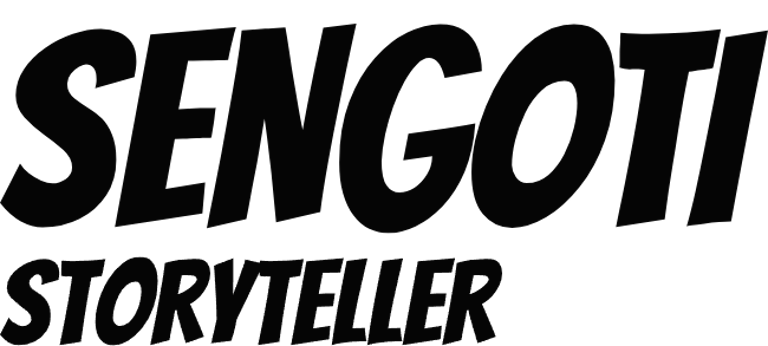Harnessing the Power of Leverages to Grow Your Business Easily
7/22/20244 min read


Understanding Business Leverages
Business leverages are strategic tools that enable organizations to amplify their efforts and achieve greater outcomes with the same or fewer resources. At their core, these leverages are mechanisms that allow businesses to maximize their potential through efficient use of resources, ultimately driving growth and competitive advantage.
There are several types of business leverages, each with its unique impact on the growth trajectory of a company. Financial leverage, for instance, involves using borrowed funds to increase the potential return on investment. By leveraging debt, a business can invest in new projects, expand operations, or enhance product offerings without immediately depleting its own capital. While this approach can magnify profits, it also comes with the risk of increased financial obligations.
Operational leverage, on the other hand, focuses on optimizing the existing operational framework to achieve higher efficiency. This can be accomplished through automation, process improvements, and economies of scale. For example, a company that automates its manufacturing process can produce goods at a lower cost, thereby increasing its profit margins. High operational leverage means that a small increase in sales can lead to a significant rise in operating income, making it a powerful lever for growth.
Human leverage revolves around maximizing the potential of an organization’s workforce. This can be achieved through effective talent management, training, and development programs. By leveraging the skills and expertise of employees, a business can foster innovation, improve productivity, and create a more dynamic work environment. For instance, a company that invests in leadership development can build a strong pipeline of leaders capable of driving future growth.
Leveraging resources and capabilities effectively can lead to increased revenue, improved efficiency, and competitive advantages. By strategically utilizing financial, operational, and human leverages, businesses can scale more rapidly and sustainably. These leverages, when applied correctly, enable companies to not only meet but exceed their growth objectives, positioning them for long-term success in the competitive marketplace.
Identifying and Implementing Key Leverages
Recognizing and implementing the right leverages is crucial for any business aiming to achieve sustainable growth. The initial step in this process involves evaluating current resources and capabilities. This comprehensive evaluation allows businesses to pinpoint areas with the highest potential for growth and improvement. Key leverages can be categorized into financial strategies, operational processes, and human capital investment.
Firstly, optimizing financial strategies can significantly impact a business’s growth trajectory. This involves scrutinizing financial statements, identifying cost-saving opportunities, and exploring new revenue streams. For instance, implementing effective budgeting techniques, leveraging debt wisely, and investing in profitable ventures can enhance financial stability and growth potential.
In terms of operational processes, businesses can achieve remarkable improvements by streamlining workflows and adopting efficient technologies. Conducting regular process audits to eliminate bottlenecks and redundancies is essential. For example, a company might integrate an enterprise resource planning (ERP) system to unify various business functions, thereby improving productivity and reducing operational costs.
Investing in human capital is another critical leverage. This includes hiring skilled personnel, providing ongoing training, and fostering a positive work environment. By empowering employees, businesses can drive innovation and enhance overall performance. For instance, a tech startup that invests in continuous learning programs for its developers often sees accelerated product development and improved market competitiveness.
Consider the example of Company X, a mid-sized manufacturing firm. By adopting lean manufacturing principles, they reduced waste and improved production efficiency by 25%. Coupled with strategic financial planning and targeted employee training programs, Company X was able to double its revenue within three years. Similarly, a digital marketing agency that focused on optimizing its financial strategies and enhancing its team's skills saw a 40% increase in client retention and a significant boost in profitability.
Implementing these leverages requires a strategic approach and a commitment to continuous improvement. By carefully identifying key leverages specific to their operations and resources, businesses can position themselves for long-term success and growth.
Measuring and Adjusting Leverages for Continuous Growth
To harness the power of leverages effectively, it is imperative to measure their impact on your business growth consistently. By employing key performance indicators (KPIs) and metrics, you can track the efficacy of various leverages and make informed decisions to refine your strategies. KPIs such as customer acquisition cost (CAC), customer lifetime value (CLV), return on investment (ROI), and net promoter score (NPS) offer valuable insights into how well your leverages are performing.
Regular assessment of these metrics allows businesses to identify trends, strengths, and areas needing improvement. For instance, a higher CAC might signal inefficiencies in your marketing leverages, while an increasing CLV could indicate successful customer retention strategies. By monitoring these indicators, businesses can make data-driven adjustments to optimize their leverages continually.
Flexibility is crucial in maintaining sustained growth, especially in a dynamic market. Regularly revisiting your leverages and strategies ensures that they remain aligned with current market conditions and business goals. This might involve reallocating resources, adopting new technologies, or tweaking existing processes. For example, if a particular marketing channel is underperforming, you might shift your focus to more effective platforms or innovate with fresh approaches.
To enhance adaptability, businesses should foster a culture of continuous improvement and learning. Encouraging teams to experiment with new ideas and methodologies can lead to innovative solutions that drive growth. Additionally, leveraging data analytics tools can provide deeper insights into performance trends, helping to identify opportunities for optimization.
Ultimately, the goal is to maintain a cycle of evaluation, adjustment, and enhancement. By keeping a close eye on KPIs and staying agile in your approach, you can ensure that your leverages remain powerful drivers of business growth, enabling long-term success and resilience in an ever-evolving market.
